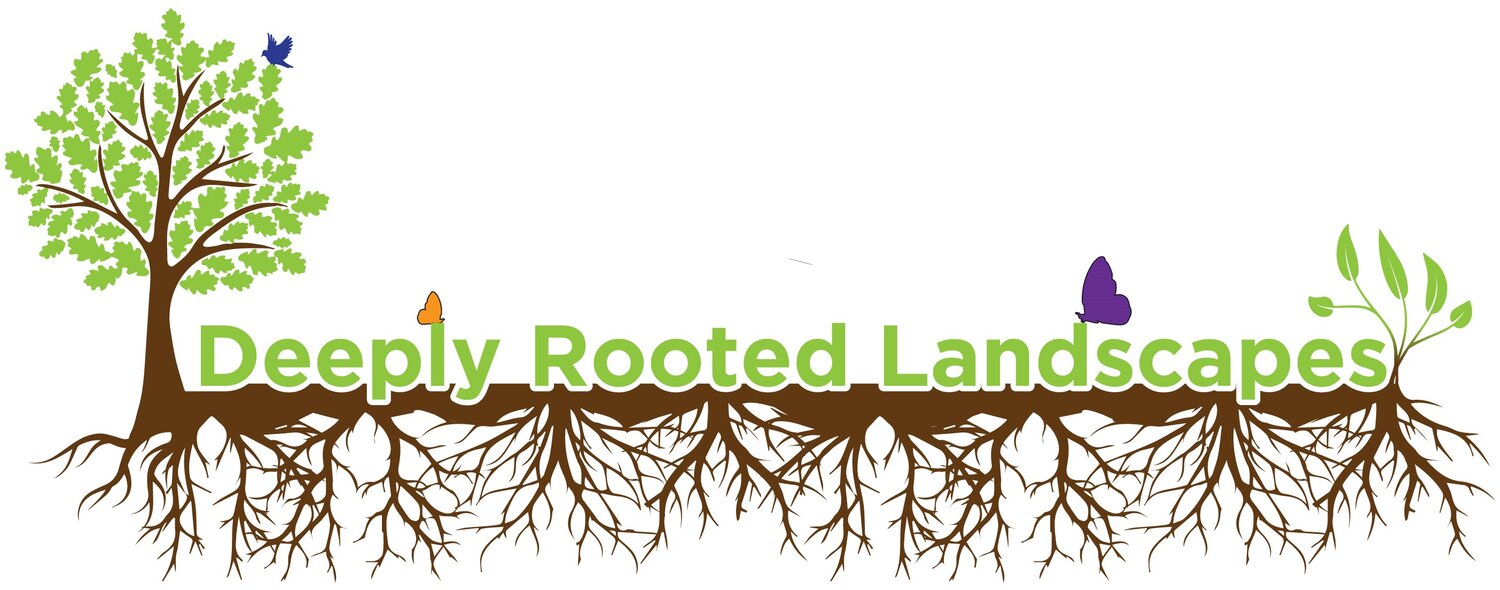Nursery News: Prairie Brome
One of the bright spots in what can seem like a long Ohio winter is deciding on new plants to grow here at DRL. We talk about what people are asking for and trends we’re seeing, and we ask Kara (the big boss!) if we can please grow the one plant we’ve been obsessing over (100% of requests approved so far; thanks, Kara!). We have some new plants this season that we are really excited about, so we’re going to tell you a bit more about them. First up: Prairie Brome.
First, Prairie Brome (Latin: Bromus kalmii). People often look to flowering plants over grasses when creating habitat in their gardens, but grasses and sedges are key components of a well-rounded ecosystem. Just like milkweed or golden alexander, grasses are host plants for butterflies and moths. Prairie Brome is one of those host plants!
Prairie Brome provides seed to birds and small mammals like other prairie grasses. Larger animals graze the foliage. It offers critical habitat and cover during every season.
This grass grows to 3’, often gracefully drooping downward from the weight of the seeds at the end of each stem (shown in the above photo). It is happy in dry to moist soils and in full sun to partial shade. It is not picky about soil type, though it does not perform its best in heavy, unamended clay soils. It is most often seen growing at woodland edges and in prairies.
Prairie Brome’s deep roots help prevent erosion while waiting for slower-growing native perennials to “leap.” It does most of its growing during the cooler part of the season and has excellent winter hardiness.
Prairie Brome is an excellent addition to a prairie planting or along a fenceline lined with taller trees that provide a bit of shade. A mixture of Prairie Brome and a few brightly flowering native perennials would make a beautiful border.
We transplanted our tiny Prairie Brome seedlings today and are excited to have them ready for you to plant in just a few weeks.

